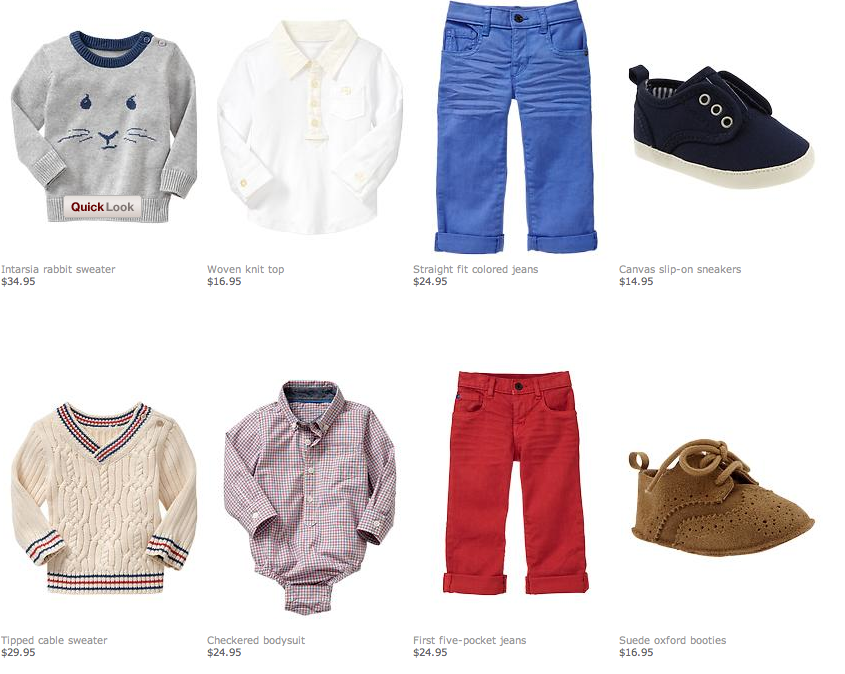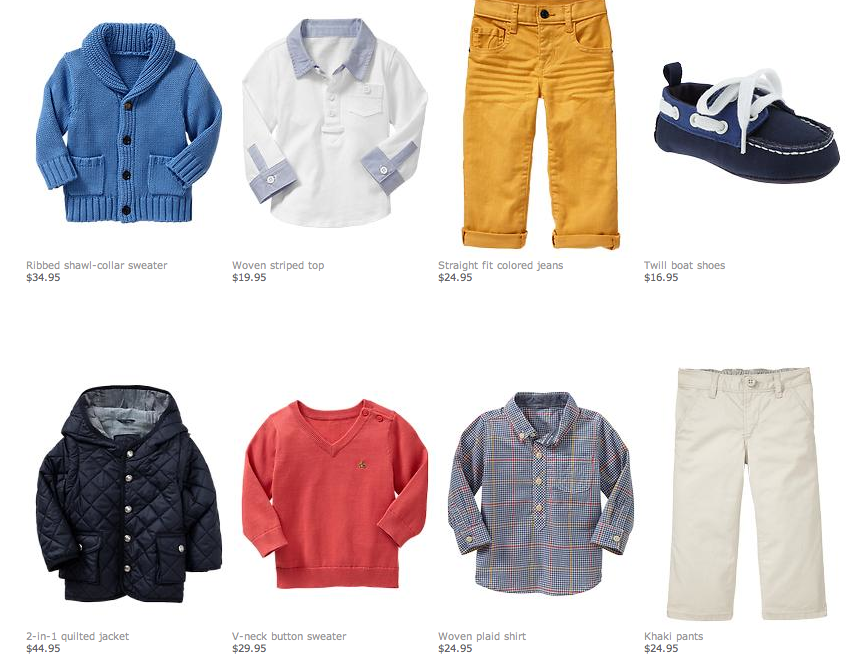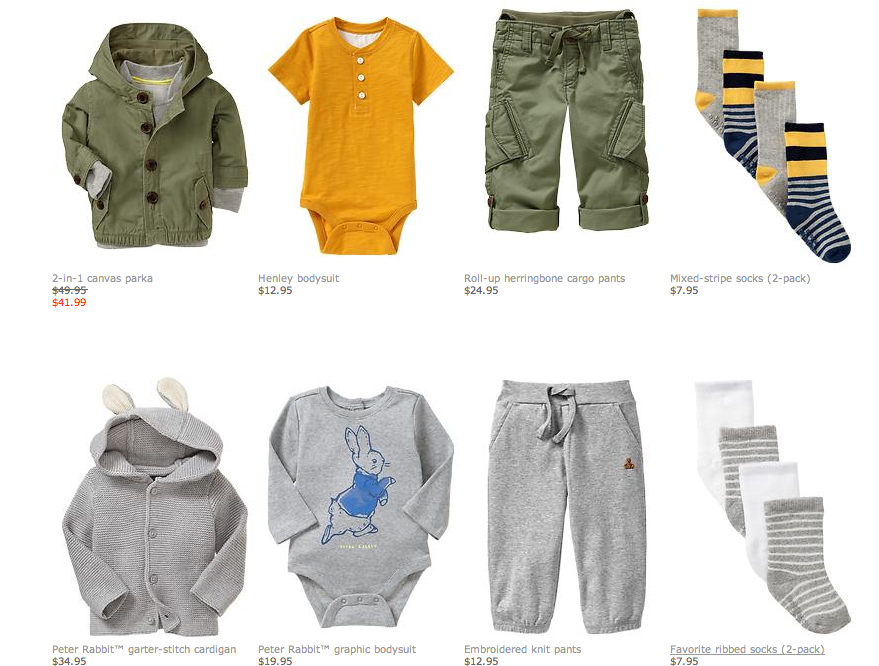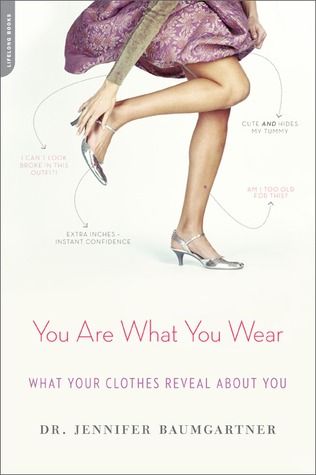
Pretty interesting book but, seems like it is oriented more towards older generations as some advice does not seem suitable for younger women. Don't get me wrong, it is not outdated, just the advice given would not be useful or age appropriate for all.
I think the book was meant for women of more advanced age who are transitioning from more youthful wardrobe to wardrobe that is more mature and age appropriate. Sometimes the transition is due to age, sometimes due to major life changes, one example would be a transition from being a working woman to becoming a housewife. Different lifestyle, different activities, different schedule requires updating or revamping your wardrobe.
So now on to more detailed review: author recommends to wear same color head-to-toe for a longer, slimmer look. While it will price the look promised, personally, I find it's a good look for a woman after 40, and most younger women would find it slightly boring. The part I liked about this recommendation was that the author does not mean wearing only one color, but to pick a basic color and wear it head-to-toe but not without additional colors. For instance take example straight from the book - a woman wearing gray pants, striped gray and navy sweater and navy scarf, while the main color is gray, it is not the only color used in the outfit.
Next, the author suggests to arrange all clothing in your closet by color, regardless of the type or the season, then, as the next step, put like items together, like all the jackets, all the pants etc.
Personally I find this advice iffy and believe more in arranging your clothing first by season, then by type: work, active, casual, formal, followed by type, and the color arrangement is last on my list. Nevertheless I had fun trying out the author's recommendation and did get some interesting outfit ideas out of it.
Then the book talks about "editing" your wardrobe, altering, layering, mixing prints, adding belts, and going over each item such as blouses, cardigans, dresses, pants, etc., offering some advice on each. The advice is kind of general, mostly geared towards average body type - not too tall, not too slim etc.
Then follows the advice on dressing for less, how and what to buy so that you spend less without looking cheap. For example buying black, brown and red, sticking to basics and clean shapes egoc.
A pretty good advice given, in my opinion, was buying seasonless items: cropped jeans, classic trench coat, long tanks, dark neutral pencil skirt, nude shoes, cashmere v-necks, 3/4 sleeve cardigans, white cotton shirts and more.
Then there is a list of "style types" that slightly differ from conventional style types found in each and every style book: the babe, the classic, the yo-yo dresser, the label lover, the comfort queen, and the trend-ista, with a list of advice for each type, followed by some examples.
At the end of the book there is a list of 8 designers most people buy from at any age throughout their whole life and a chapter on accessories.
Overall not a bad book at all, especially for those over 40.







